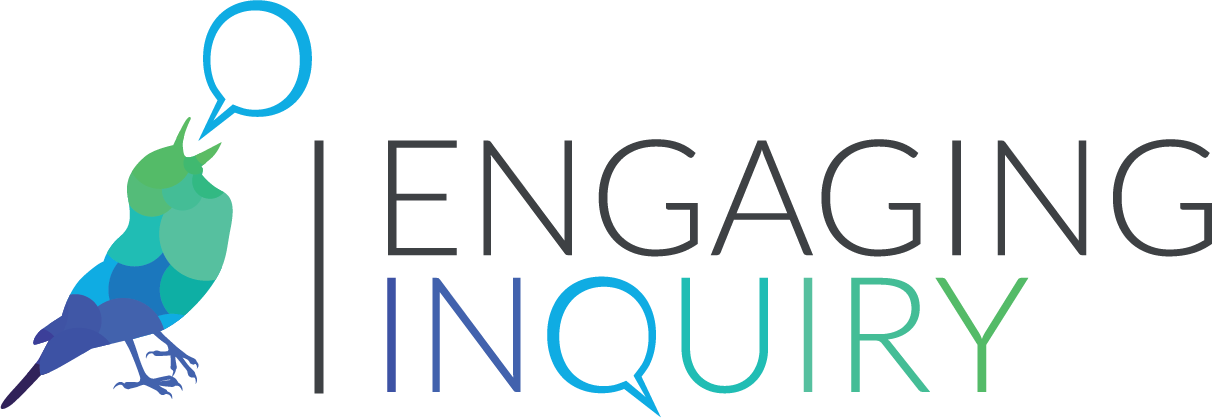Gateway Zimbabwe
HARARE, ZIMBABWEWhat accounts for the current level of health and vibrancy of the social fabric in Zimbabwe?

CALL TO ACTION
Re-weave and re-enliven the social fabric in Zimbabwe
Prolonged political and economic crisis in Zimbabwe is eroding what has long been the most valuable, sustainable capital in communities across the country: their social fabric. This social fabric is characterized by a sense of sharing in communities, a strong sense of support to extended family and a deep relationship with the land. It has remained mostly intact through the political unrest and economic instability that has plagued Zimbabwe, in its current form, since the early 2000s, but which has been present, in one form or another, since the 1960s. However, as Zimbabwe’s political and economic challenges evolve, the connection to and between communities is eroding; stretched and frayed by hyperinflation, minimal buying power, poor living standards, extreme polarity and violence.

Gateway Zimbabwe is working closely with place-based communities in different areas of Zimbabwe, including: Epworth, a peri urban area outside Harare; Chiadzwa, where communities have been displaced by diamond mining; Lupane, a rural growth point in Matabeleland North brodering on a wildlife rich National Park; Chikukwa, a community on Zimbabwe’s remote and mountainous Eastern border; and Arcturus, a mining community outside Harare. Gateway Zimbabwe is working with these communities to begin reweaving and enlivening the social connections that have suffered due to political and economic instability.

OUR PARTNERSHIP
Gateway Zimbabwe, a collaboration between three Zimbabwean organisations, conducted a variety of community circles and a series of interviews to inform the creation of a strategy focused on listening to local voices and built on existing work in diverse communities. Through their partnership with Humanity United, Gateway was introduced to Engaging Inquiry, and finding a great deal of synergy between their approaches and goals, decided to partner with EI to support systems thinking, mapping, and to help make visible stories that could be more clearly articulated across the wider system.
The context mapping brought together participants from across the Zimbabwean spectrum including urban and rural, activists and farmers, men and women, youth, professionals and business people. While these people represented a variety of organizations and communities, the personal and subjective nature of this topic allowed them to express their own stories and experiences as well. As Gateway ‘harvested’ all these stories one strong metaphor emerged, that of a damaged tree representing the current state of social cohesion in Zimbabwe. The tree is alive, but with the trunk wounded and the roots weakened, there is no fruit.
The mapping exercise itself brought together groups that do not usually come together in an open, collaborative environment to share ideas with each other. The diversity of the group allowed many different perspectives to be shared and enabled people to start seeing the deep, underlying patterns at work in our social system. As the map was shared and the Deep Structure was narrated, there was a deep silence as the truth resonated with participants.
One facilitator reflected, “With the conversation on the Deep Structure, the tension in the room rose palpably. The formal leaders are feeling like they’re being put on the spot – even though we are not specifically speaking to them or of them. But at a deeper level, I have such a strong sense of how this is working, and such a strong feeling of oh my god it is working.” One participant noted, “If we don’t speak about things that matter, others things will die. We need to give space to talk about things that are happening.” While another commented, “This is the beginning, something to be continued.”
“This is a beginning, something to be continued.”


EARLY IMPACTS / EMERGING OPPORTUNITIES
The systems map illustrates key issues that contribute to the fraying social fabric. This includes a huge trust deficit where people have lost faith in institutions, in the currency and even in themselves. A long legacy of hidden violence, ongoing still today, has left people depleted and fearful to speak out and without agency to call leaders and institutions to account.
The map has helped ground conversations with communities and gives Gateway Zimbabwe a framework around which to facilitate discussions with partner communities and in national processes. Gateway Zimbabwe has shared the map with NGOs, embassies and funders to ensure that the critical findings can help inform a more holistic programming approach for a variety of actors. This is also increasing the profile of Gateway Zimbabwe within the international donor community.
The mapping exercise helped Gateway Zimbabwe, and partner stakeholders, identify that key patterns of violence, silence and oppression, many of which are currently being exacerbated by COVID-19, inform how our society perpetuates inequality, fragmentation and division. It has also helped make visible the points of light where artists, communities and civil society organisations are finding ways to come together in generative and resilient ways.
The process of creating the systems map was as beneficial as the map itself. Bringing different actors together in a way that they hadn’t experienced before allowed for critical insights that wouldn’t have been possible otherwise. Additionally, these participants built relationships and continue to share ideas and information, helping each other understand new perspectives and adapt to changing circumstances more adeptly. As a result of the mapping sessions and discussion, many participants have been working to “tend to the roots” of the damaged tree, utilizing indigenous practices, reclaiming agency and tapping into their sense of community.

< HOW WE PARTNER
< OUR COMMUNITY
